Military Helmet Overview
The military helmet has evolved significantly over the years, becoming a critical component in the protective gear of armed forces and law enforcement agencies worldwide. This category encompasses a variety of helmets designed to protect personnel in different tactical situations.
Design and Materials
Modern military helmets are the result of extensive research and development, focusing on materials that offer robust protection while maintaining comfort. Materials such as advanced Kevlar, reinforced composites, and impact-resistant plastics are commonly used. These materials are selected for their balance of weight and defensive capability, providing essential head protection without compromising mobility.
Types and Features
There are several types of helmets within this category, including PASGT, MICH, and ACH styles, each with unique features tailored to specific operational needs. Features may include compatibility with communication devices, night vision equipment, and various mounting systems for accessories. The design considerations ensure that the helmets serve their purpose across diverse environments and scenarios.
Applications and Usability
The primary application of military helmets is to safeguard users against ballistic threats, shrapnel, and blunt impacts during combat and tactical operations. Beyond the battlefield, these helmets are also utilized by tactical units in urban settings, search and rescue teams, and at times by security personnel in high-risk facilities.
Standards and Certification
To ensure reliability, military helmets undergo rigorous testing against established safety standards. Certifications from recognized bodies are sought to confirm that the helmets can withstand specific levels of trauma. This certification process is crucial, as it provides assurance regarding the protective qualities of the helmets without making absolute guarantees.
Customization and Accessories
While the core function of a military helmet is protection, customization options are available to meet the varying requirements of different users. These options include adjustable padding, camouflage patterns, and the integration of communication systems. Additionally, a range of accessories can be attached to enhance functionality, such as visors, camouflage covers, and NVG mounts.

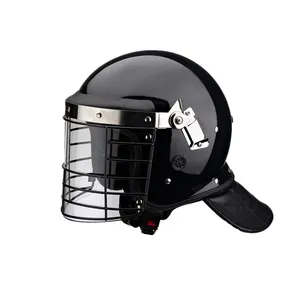
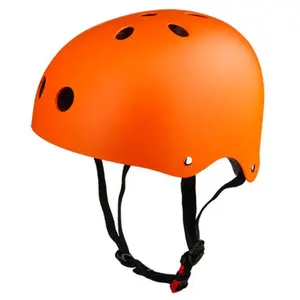

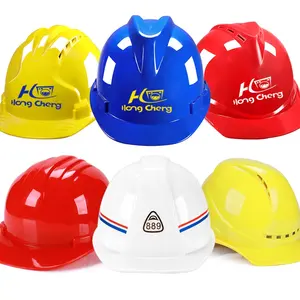

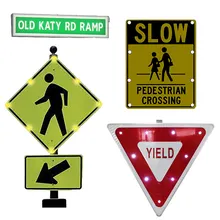

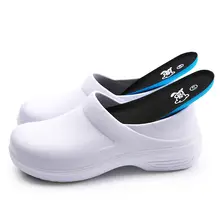

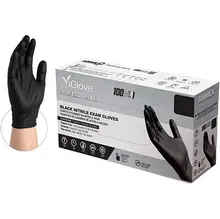



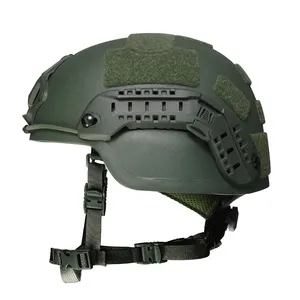



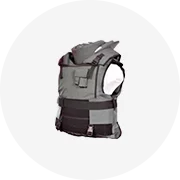
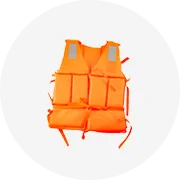
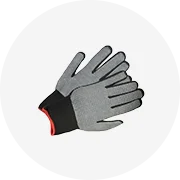
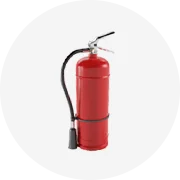
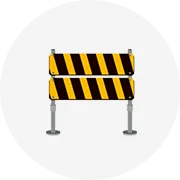








 浙公网安备 33010002000092号
浙公网安备 33010002000092号 浙B2-20120091-4
浙B2-20120091-4